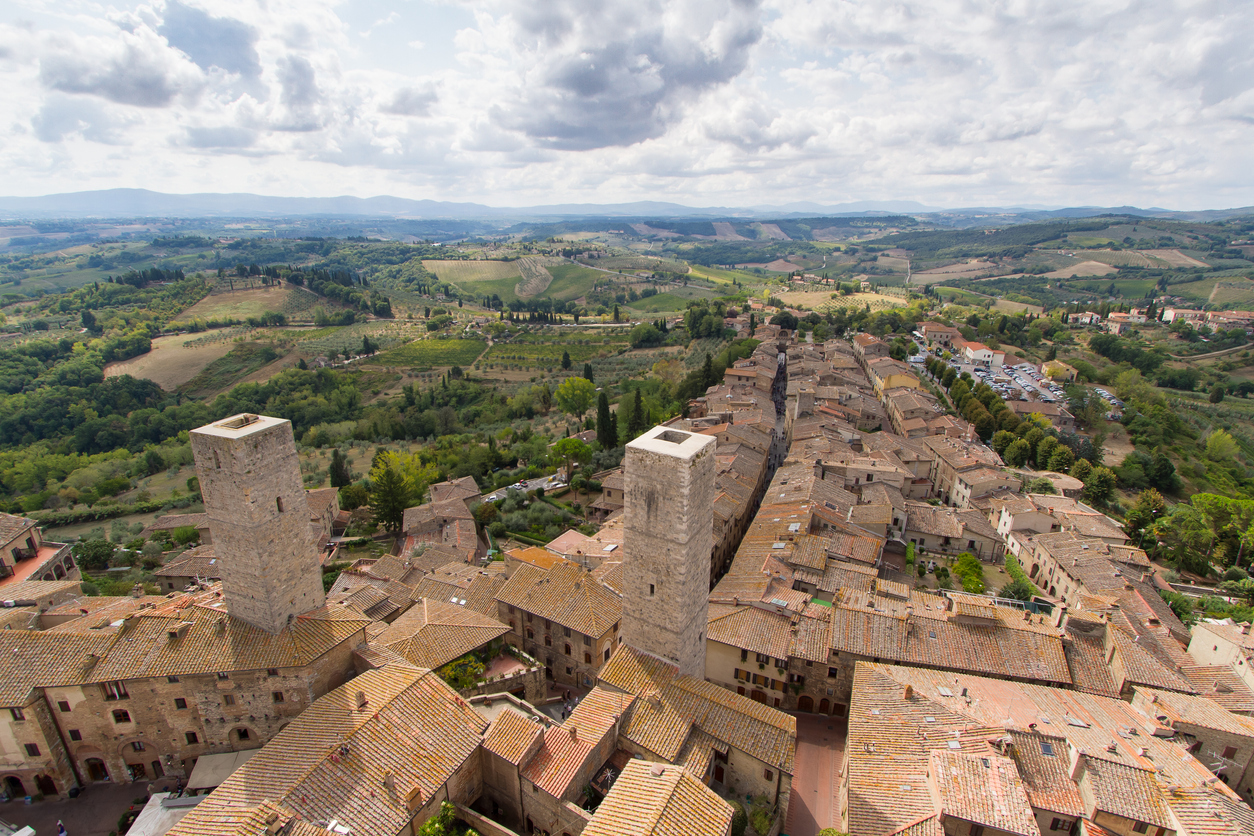
Ah, Italia! One of the most picturesque countries in the world, and that’s saying a lot! Italy is an endless trove of incredible wine, delicious food, breathtaking views, and legendary art – so where do we even begin?
It’s hard to go wrong with beautiful Tuscany, home of Chianti and sun-filled vistas but Italy is so much more than only wine country excursions. Visit legendary perfume houses in Florence, island-hop off the coast of Naples, or explore truffle country up in Piedmont… our itineraries, tips, and travel advice will help you find the perfect Italian wine adventure or serve as inspiration to craft one of your own!
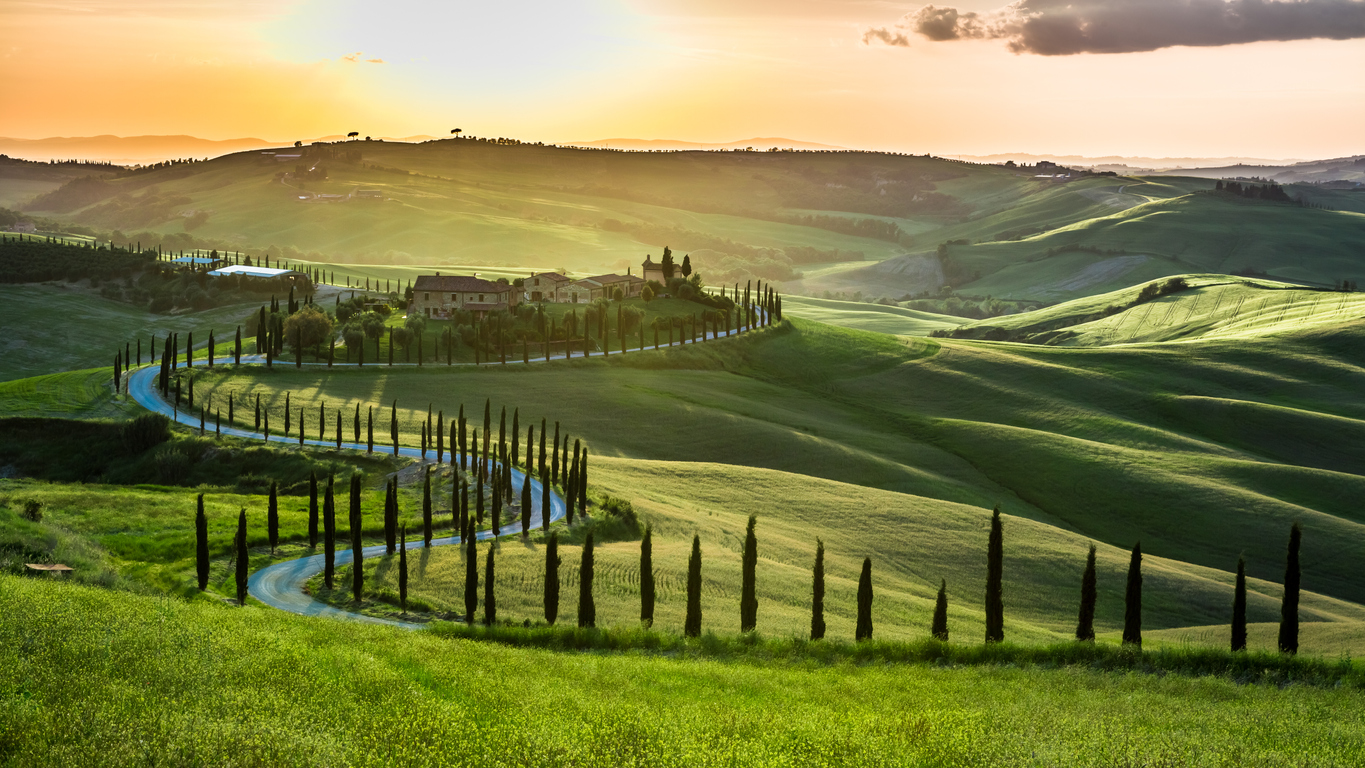
Rolling hills, cypress-lined roads, and picturesque vineyards define the mesmerizing beauty of Tuscany. Famed for its Chianti, Brunello di Montalcino, and Vino Nobile di Montepulciano, this region boasts a rich winemaking heritage. Sample the bold flavors of the Sangiovese grape, while indulging in traditional Tuscan cuisine, featuring local delights such as ribollita and pappardelle al cinghiale. The warm and welcoming hospitality of Tuscan wine estates, like the historic Antinori or Frescobaldi, invites you to immerse yourself in the region’s timeless allure.
If you’d like to arrange a private or unique tour in the Tuscany wine region, take a look at some of the best Tuscany wine tours available right now and be sure to schedule in advance.
RELATED: Romantic Tuscany Itinerary: Where To Stay, Eat & Drink
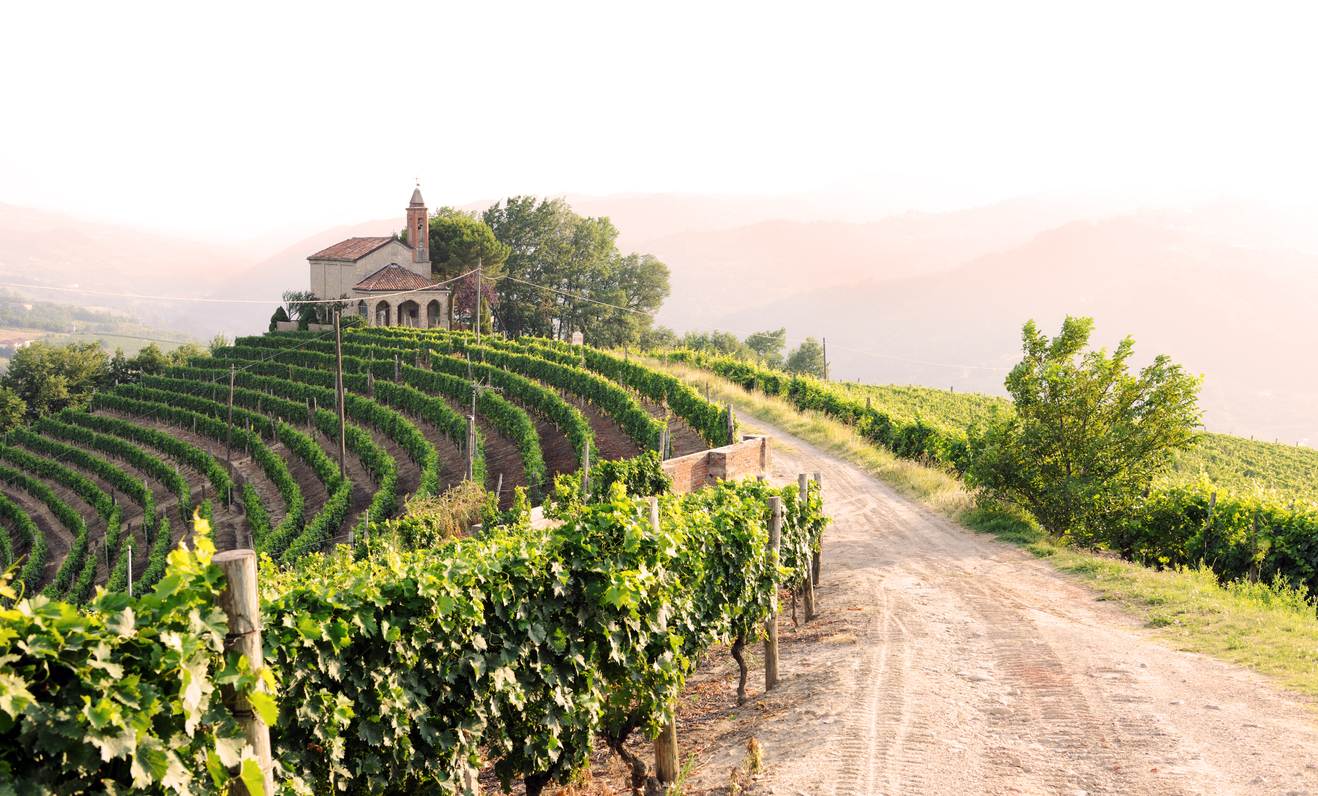
Nestled at the foot of the majestic Alps, Piedmont is a true paradise for wine connoisseurs. Home to Barolo and Barbaresco, the region’s prestigious wines crafted from the Nebbiolo grape, Piedmont also boasts unique varietals such as Arneis and Moscato d’Asti. Complement your wine tasting experience with the region’s sumptuous cuisine, including the world-renowned white truffles of Alba. The captivating beauty of Piedmont’s vineyard-laden hills, designated a UNESCO World Heritage site, creates the perfect backdrop for a delightful wine-soaked adventure.
If you’re considering visiting Piedmont this year, be sure to check out our recommended highly-rated Piedmont wine tours. Most are private, guided and customizable experiences led by friendly local experts. Forget about worrying about logistics and explore this remarkable region with local knowledge that includes hotel pickup and drop-off.
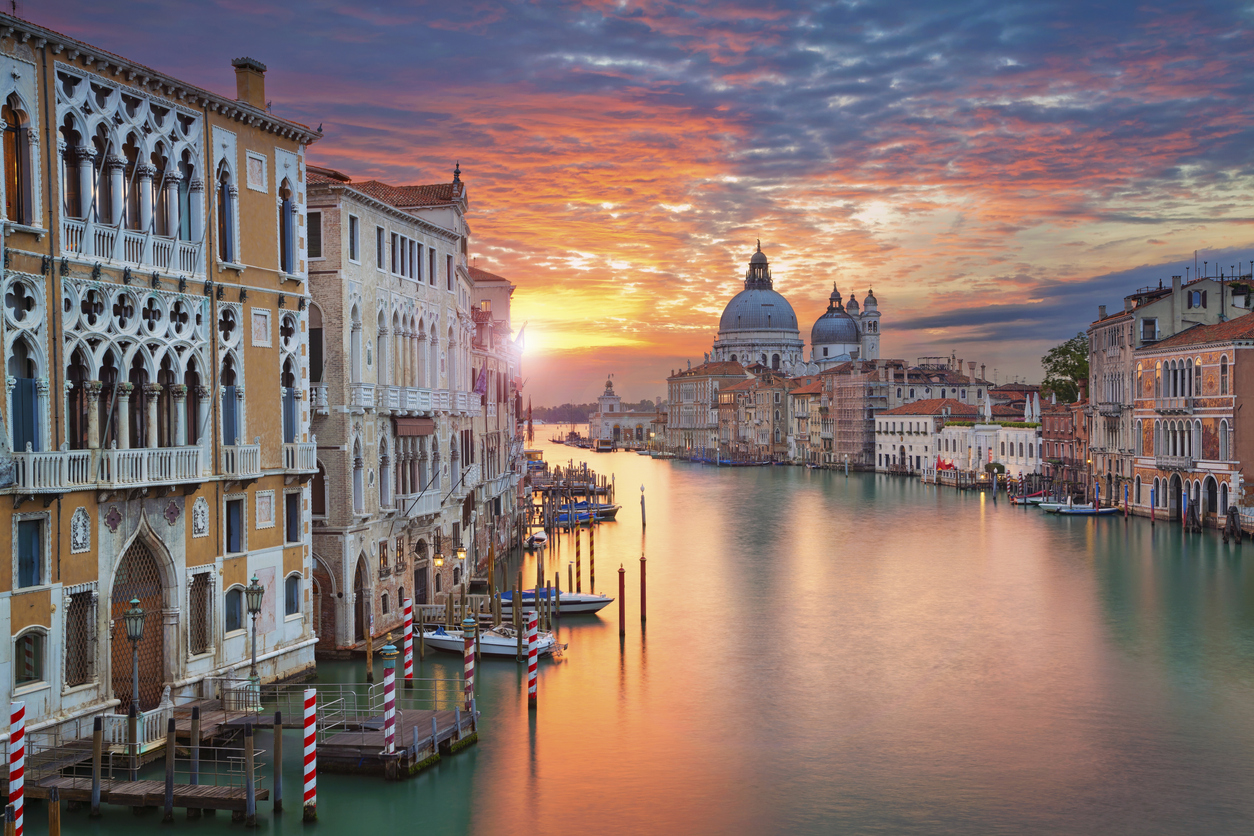
Venture to the enchanting region of Veneto, where the romantic city of Venice serves as a gateway to a wealth of winemaking treasures. Celebrated for its crisp and effervescent Prosecco, Veneto also offers the elegant Amarone della Valpolicella, crafted from partially dried Corvina grapes. Relish the region’s diverse culinary offerings, from the seafood delights of the Venetian lagoon to the hearty dishes of the Veronese countryside. Amidst the stunning vistas of the Valpolicella and the Prosecco hills, the warmth of Veneto’s hospitality will leave you yearning for more.
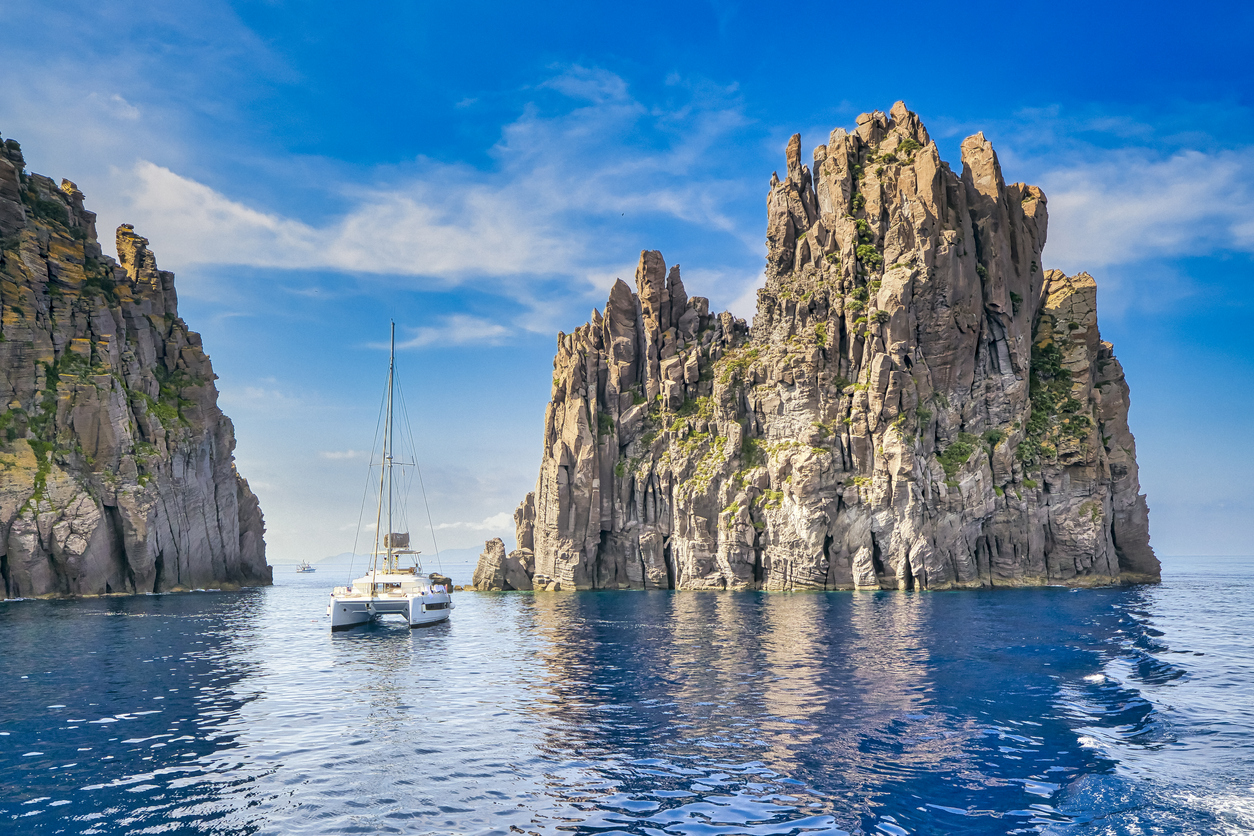
Embrace the sun-kissed beauty of Sicily, an island steeped in history and blessed with fertile volcanic soil. Mount Etna’s slopes yield extraordinary wines, such as the mineral-rich Nerello Mascalese and the fragrant Carricante. Savor Sicily’s mouthwatering cuisine, a fusion of Mediterranean influences, featuring dishes like arancini and caponata. Wine estates like Planeta and Donnafugata await your discovery, offering a warm welcome as you delve into Sicily’s rich winemaking culture.

Nestled in the sun-drenched heel of Italy’s boot, Puglia is a treasure trove of culinary delights and superb wines. Known for its robust reds such as Negroamaro, Primitivo, and Salice Salentino, Puglia also offers crisp, refreshing whites like Verdeca and Fiano. The region’s renowned hospitality invites you to savor traditional Pugliese cuisine while surrounded by ancient olive groves and picturesque coastal towns.
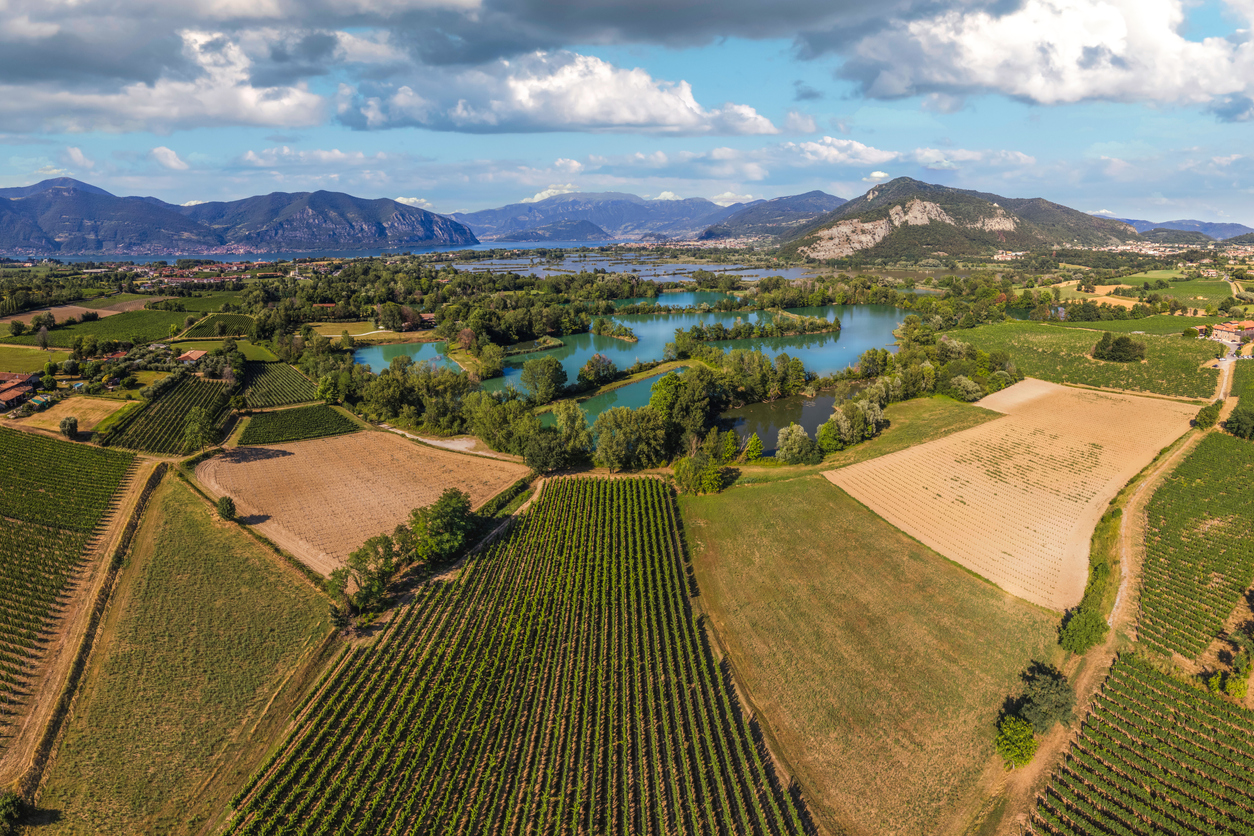
The rolling hills of Franciacorta, located in Lombardy, are a sparkling wine lover’s dream. This prestigious wine region produces Italy’s finest metodo classico sparkling wines, made in the same method as Champagne. Enjoy a guided tour of the vineyards, taste world-class wines, and indulge in the local cuisine, featuring specialties such as risotto and osso buco.

Located in the heart of Tuscany, Chianti is synonymous with Italy’s most famous red wine, Chianti Classico. Made primarily from Sangiovese grapes, Chianti Classico is known for its bright acidity and vibrant cherry flavors. Immerse yourself in the region’s rich history and breathtaking landscapes as you savor traditional Tuscan cuisine, including pappa al pomodoro, ribollita, and bistecca alla Fiorentina.
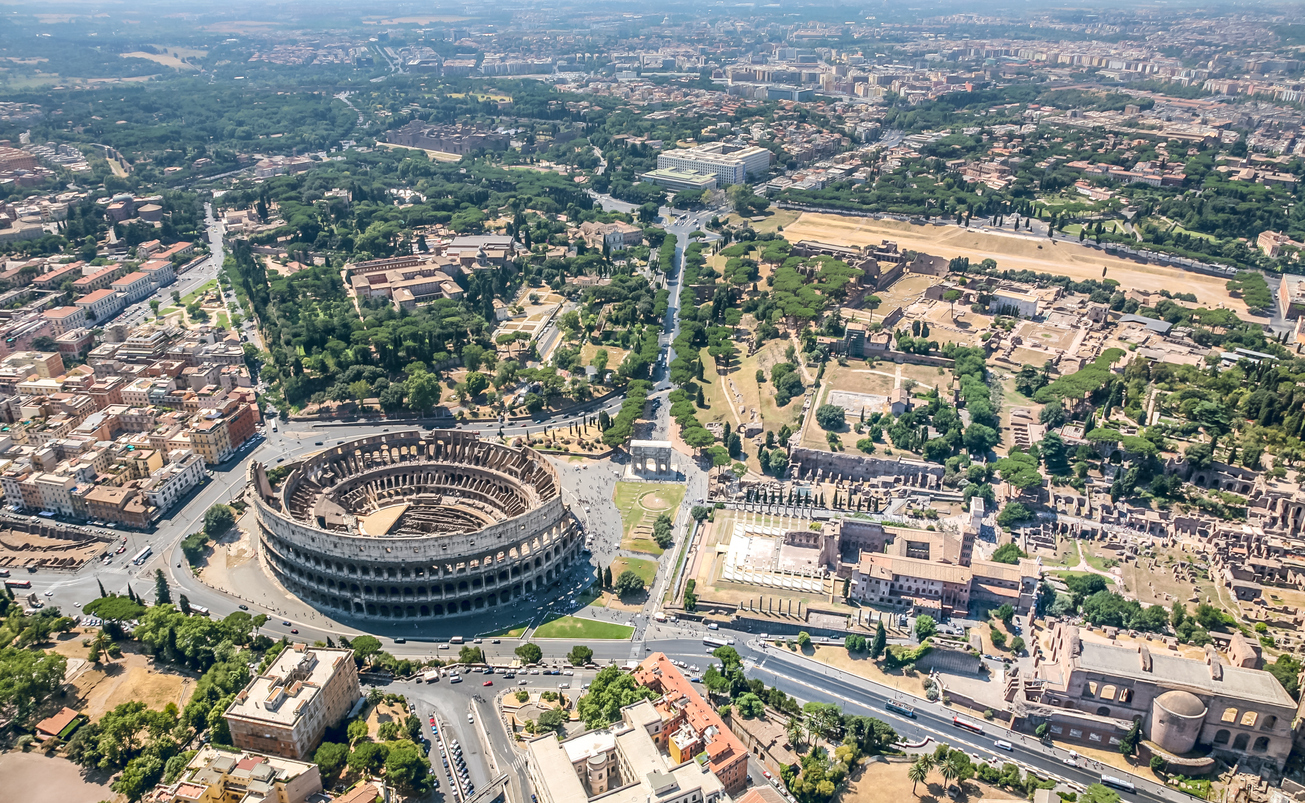
The Eternal City of Rome is not only a treasure trove of art, architecture, and history but also a delightful destination for wine enthusiasts. Enjoy the local wines, such as Frascati and Castelli Romani, while exploring Rome’s legendary culinary scene. From traditional trattorias to Michelin-starred restaurants, Rome offers a gastronomic experience that perfectly complements its storied past.
RELATED: 3-Day Rome Itinerary Filled With Wine, Food & History
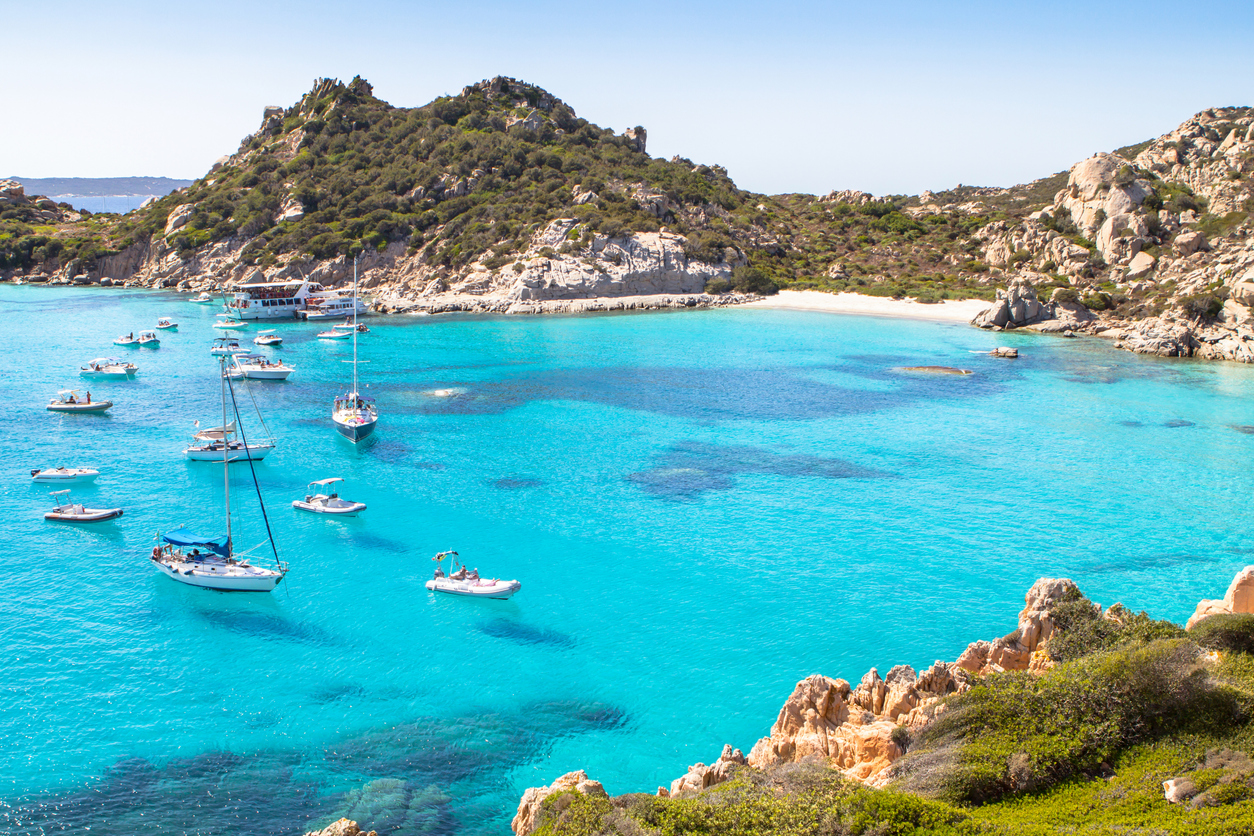
The idyllic Mediterranean island of Sardinia boasts a rich winemaking tradition, producing unique and distinctive wines. Discover the indigenous Cannonau grape, which yields bold and fruity red wines, as well as the elegant Vermentino, a refreshing white wine that pairs perfectly with the island’s fresh seafood. Sardinia’s unspoiled beaches, rugged landscapes, and vibrant local culture make it an unforgettable destination for wine lovers and adventurers alike.
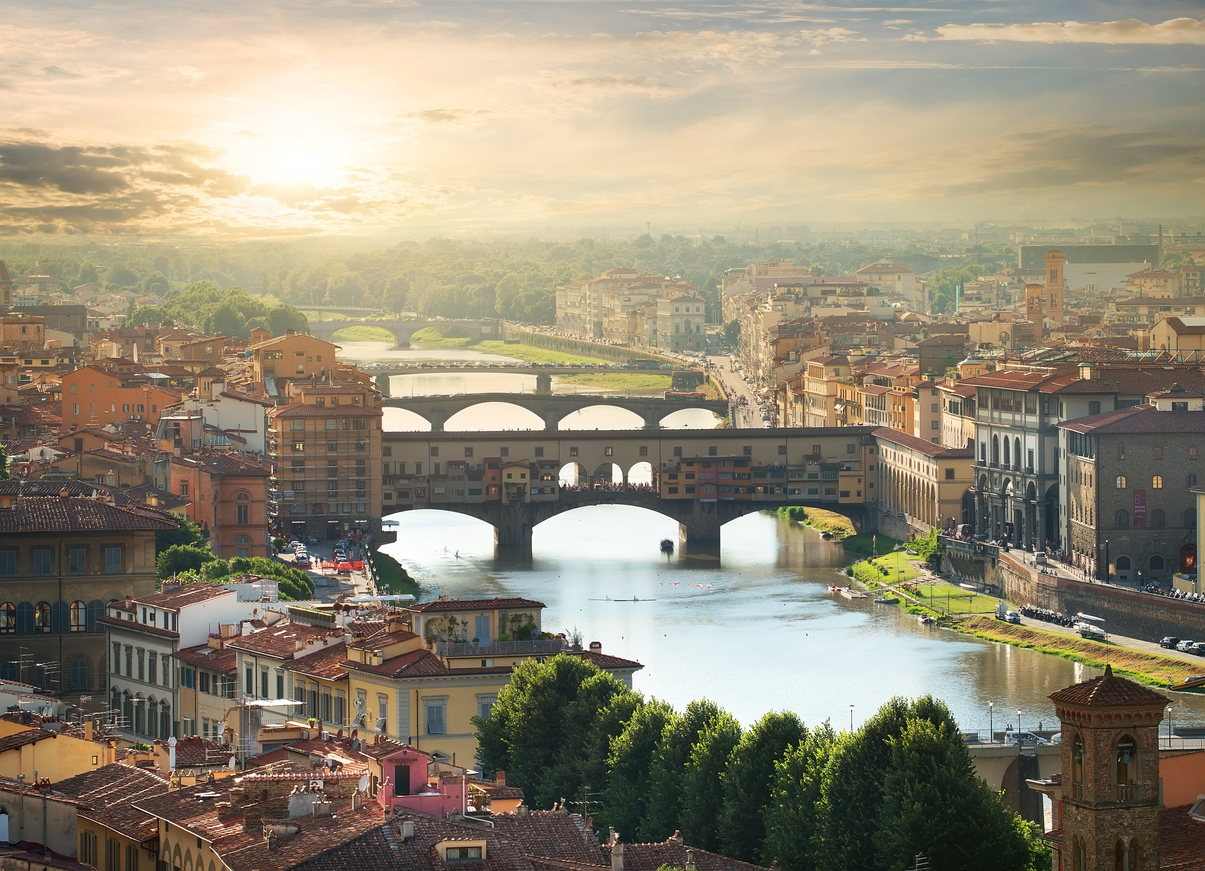
The capital of Tuscany is not only a hub of art, history, and culture, but also a gateway to some of Italy’s most renowned wine regions. Venture into the nearby hills of Chianti, explore the celebrated vineyards of Montalcino and Montepulciano, and savor the local cuisine that has made Florence a culinary capital. As you sip a glass of Brunello di Montalcino or Vino Nobile di Montepulciano, let the spirit of the Renaissance embrace you.

The lesser-known region of Marche, situated along Italy’s eastern coastline, is a hidden gem for wine enthusiasts. Known for its verdant hills and picturesque seaside towns, Marche is home to unique and enticing wines such as the white Verdicchio and the red Lacrima di Morro d’Alba. Experience the warm hospitality of Marche’s winemakers as you indulge in the region’s delightful culinary offerings, featuring seafood, truffles, and olive oil.
The best airport to fly into depends on the wine region you plan to visit. Italy has several major international airports, and you can use this tool to check current prices on flights when traveling to Italy.
Italy has an extensive and efficient public transportation system, including trains, buses, and ferries. The train network, operated by Trenitalia, connects most major cities and towns. For more comfort and faster travel, consider the high-speed trains (Frecciarossa, Frecciargento, and Frecciabianca) that connect larger cities. Regional trains are more affordable but slower. Renting a car is another option, offering greater flexibility to explore off-the-beaten-path destinations and smaller towns, especially within wine regions.
Italy uses the Euro (€) as its official currency. ATMs are widely available, and credit cards are accepted in most places. However, it’s a good idea to carry some cash for small purchases, especially in rural areas or smaller establishments.
The ideal time to visit Italy depends on your preferences and planned activities. Spring (April to June) and fall (September to October) are popular for wine tourism, as these periods offer pleasant weather, fewer crowds, and wine-related events like harvest festivals. Summer can be quite hot and crowded, particularly in popular tourist destinations.
Italy is part of the Schengen Area, allowing visa-free travel for up to 90 days for citizens of many countries, including the United States, Canada, and Australia. Check the visa requirements for your specific nationality before planning your trip.